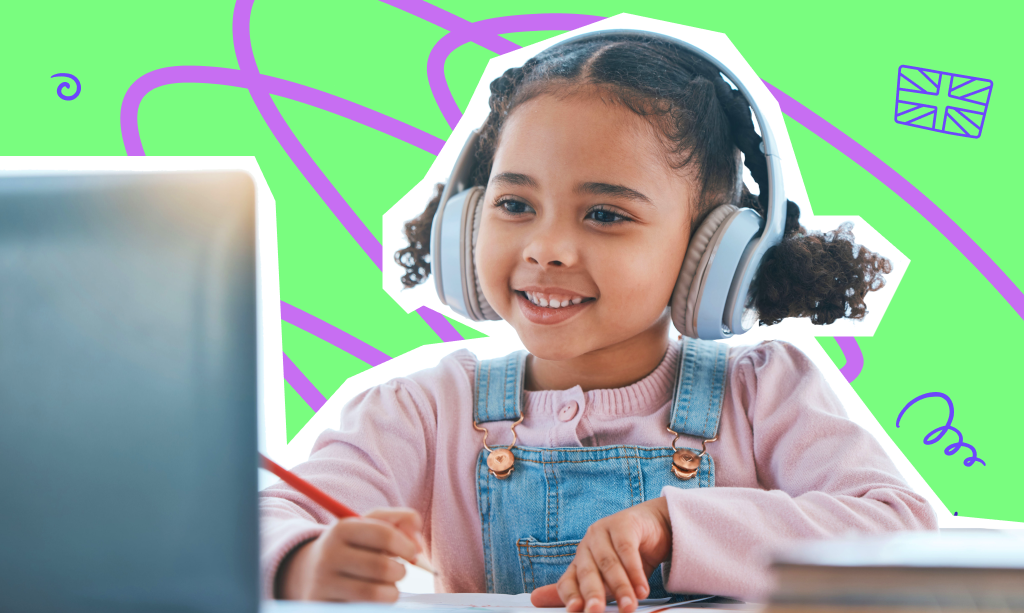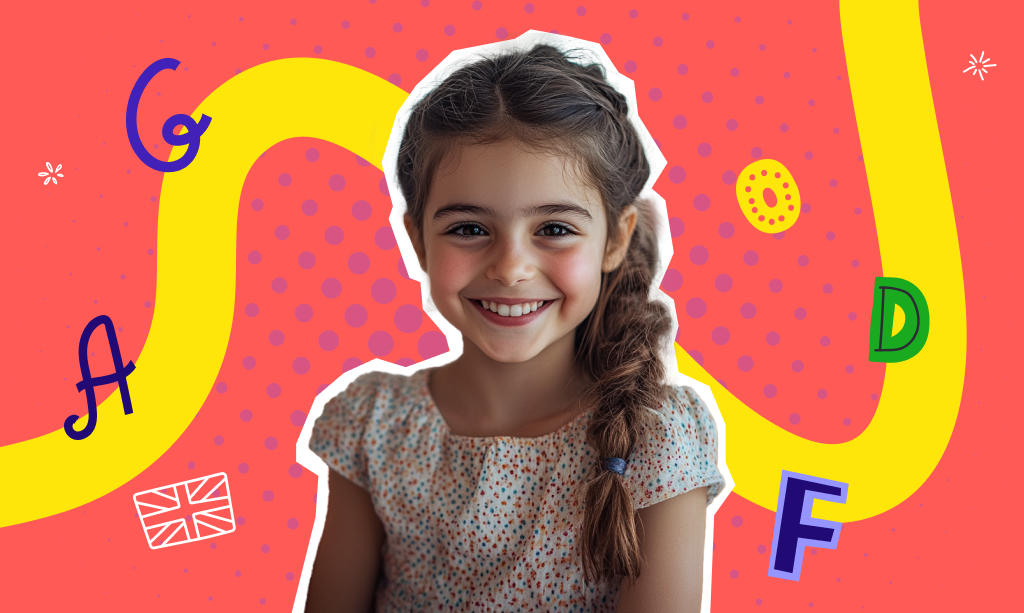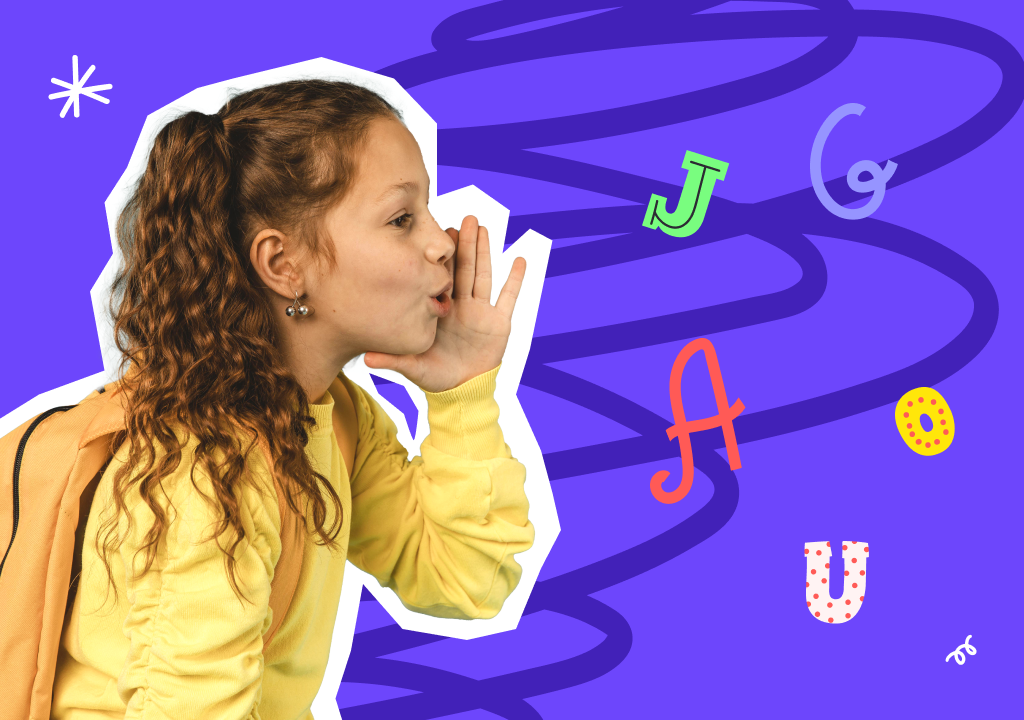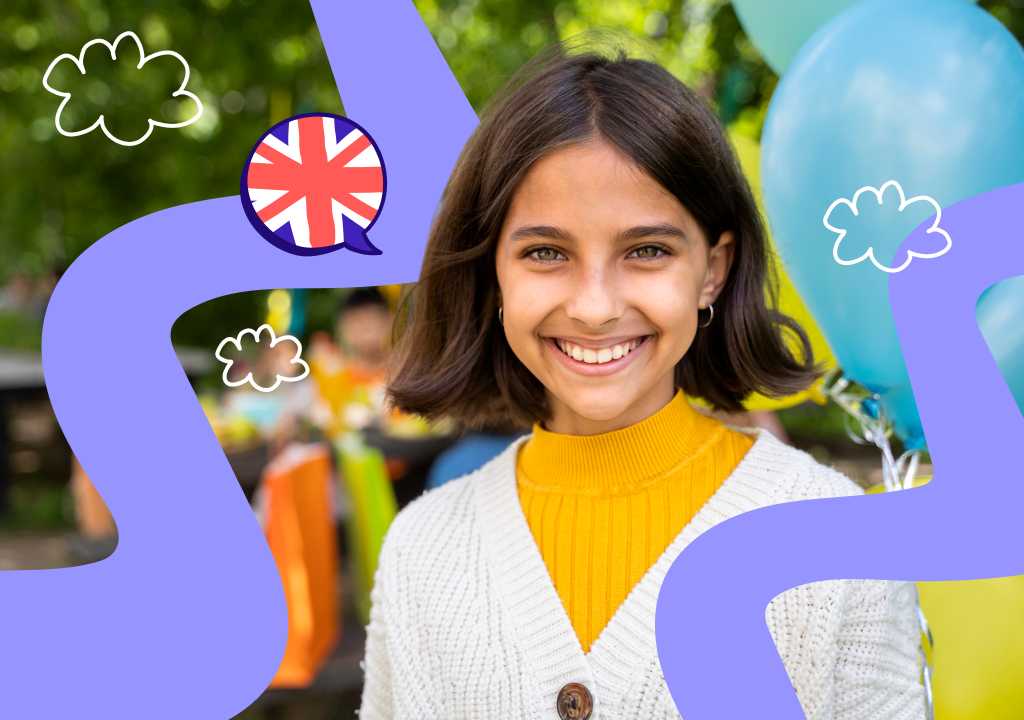- Understanding 3rd Grade ESL Learners
- Effective Teaching Strategies
- Cultural Understanding
- Supporting ESL Learners
Discover effective ESL teaching strategies for 3rd-grade learners using interactive activities and visual aids. Enhance language skills with games, storytelling, and cultural integration.
Welcome to 3rd grade English! In 3rd grade, students learn new and exciting things that will help them become better readers, writers, listeners, and speakers. Now is the time to grow language skills and become more confident in using English every day.
In this article, we’ll talk about what makes 3rd grade different from 2nd and 4th grade. You’ll learn about the language skills that should be mastered by now and what your student will be working on this year. We’ll share tips on how to improve English through fun activities, reading, and writing. You’ll also find out how important it is to practice speaking and listening to become better at English.
By the end of this article, you’ll know what to expect in 3rd grade and how to do your best while helping your child in learning English. Let’s get started!
Understanding 3rd Grade ESL Learners
Third-grade ESL learners, typically aged 8-9 years old, are at a developmental stage where they are curious and eager to learn. They thrive on hands-on activities and interactive learning experiences. Socially, they are beginning to form stronger relationships and understand social norms, making group activities and collaborative learning beneficial. Cognitively, they are developing critical thinking skills, enabling them to follow more complex instructions and express their ideas.
These learners often fall into three common language proficiency levels. At the beginning proficiency level, they have a limited vocabulary and basic sentence structures. Intermediate proficiency learners have an expanded vocabulary and can form more complex sentences. Advanced proficiency learners exhibit near-native fluency in social language and can understand and discuss academic topics with increasing independence, though they may still need support in specialized areas.

Effective Teaching Strategies
There are a variety of teaching strategies and activities that can significantly enhance language acquisition and engagement for 3rd-grade ESL learners. These methods include effective teaching strategies, interactive learning activities, visual and auditory aids, and structured language practice.
Interactive Learning Activities
Engaging students through interactive learning activities promotes active participation and retention. Role-playing and drama allow students to practice language in realistic contexts. Language games and puzzles make learning fun and help reinforce vocabulary and grammar in an enjoyable way. Storytelling and picture books jump-start their imaginations and improve their comprehension and speaking abilities.
Visual and Auditory Aids
The use of multimedia and visuals, such as videos, flashcards, and infographics, helps illustrate new concepts and vocabulary, making them easier to understand and remember. Audio resources and songs provide auditory reinforcement, helping students develop listening skills and pronunciation through repetitive and melodic learning.
Structured Language Practice
Structured language practice involves pair and group activities that encourage collaboration and communication among peers. Peer tutoring and mentoring enable more advanced students to assist their peers, fostering a sense of community and mutual learning.
Cultural Understanding
Another thing we need to touch on for 3rd-grade learners is the importance of cultural understanding when it comes to learning a new language. It is important to teach both cultural understanding and language skills for a well-rounded education, such as focusing on being sensitive to different cultures, introducing various cultural aspects, and working on listening, speaking, reading, and writing skills.
Listening and Speaking
Improving listening can be achieved through strategies like active listening exercises, where students listen to stories, dialogues, or instructions and answer related questions. Incorporating oral communication exercises and discussions encourages students to practice speaking in a safe and interactive setting.
Reading and Writing
Developing reading skills involves techniques such as guided reading sessions, where students read aloud in small groups or pairs and receive immediate feedback and support. Writing prompts and creative exercises stimulate students’ imaginations and help them practice organizing their thoughts and expressing themselves clearly in written form.
Supporting ESL Learners
While grammar skills and learning strategies are all fundamental and crucial aspects for 3rd graders learning English as a second language, there is one thing that is more vital than everything: having a supportive and motivating atmosphere. Supporting 3rd-grade ESL learners involves creating a nurturing environment both in school and at home. Effective support strategies can include parental involvement, homework support, and clear communication.
Encouraging parents to participate in their child’s language learning can significantly boost the child’s progress. Teachers can share tips with parents, such as reading together at home, playing educational language games, and encouraging conversations in both the native language and English. Additionally, providing clear and simple instructions for homework helps ESL learners understand and complete their assignments confidently. Teachers can offer additional resources for parents to help their children with homework, such as setting a regular homework routine, creating a quiet study space, and using visual aids.
We hope this article has helped you understand English for 3rd graders and that these tips and strategies listed above can help your student be successful and supported throughout their ESl journey!






































